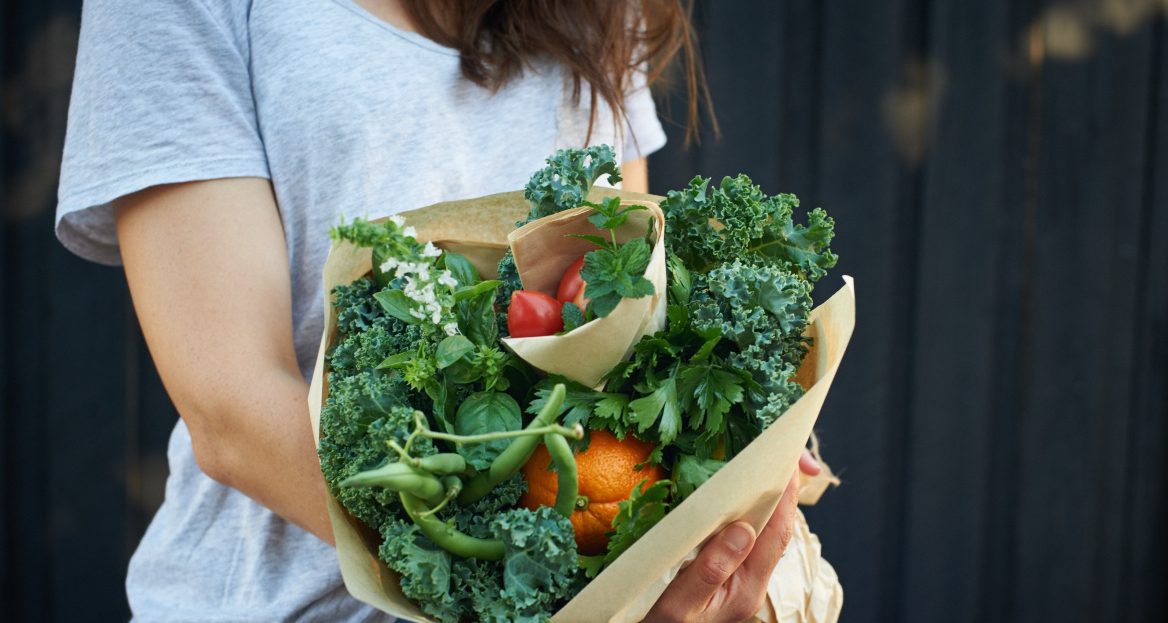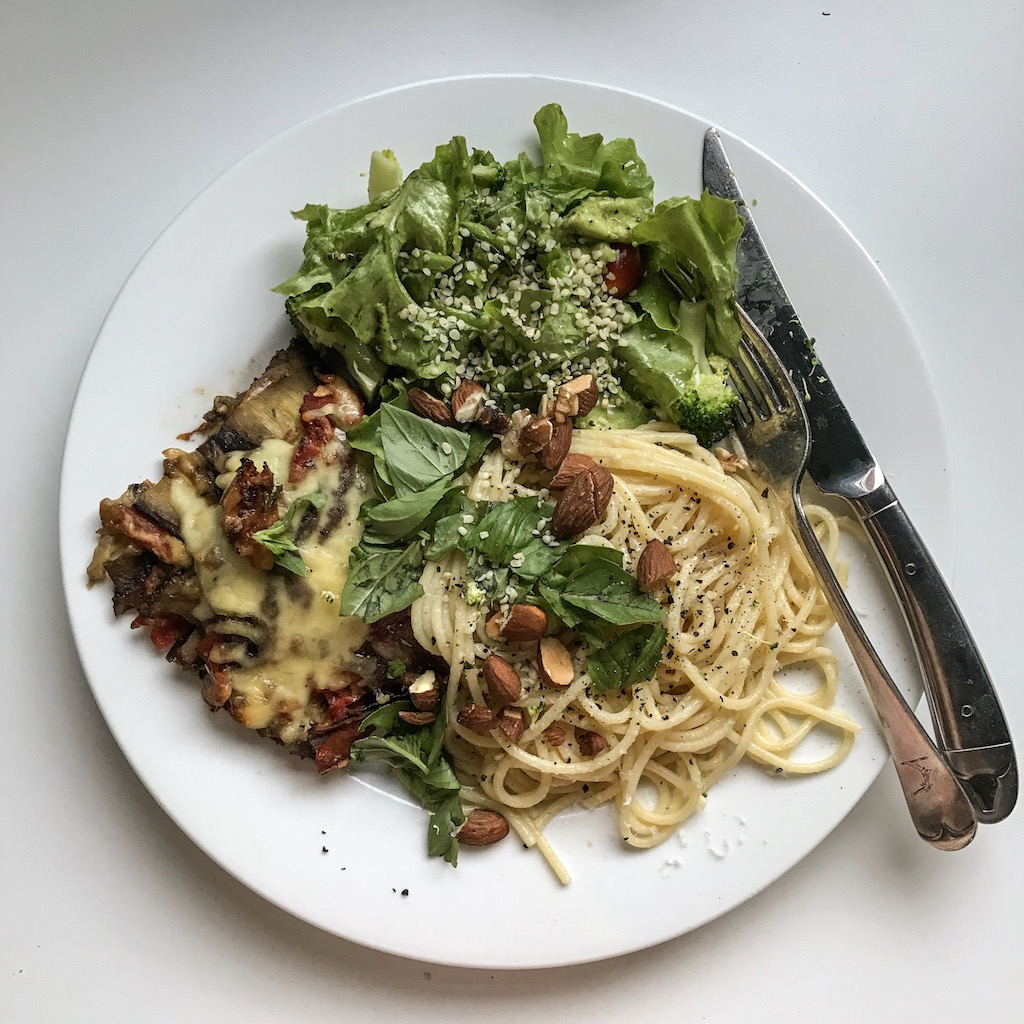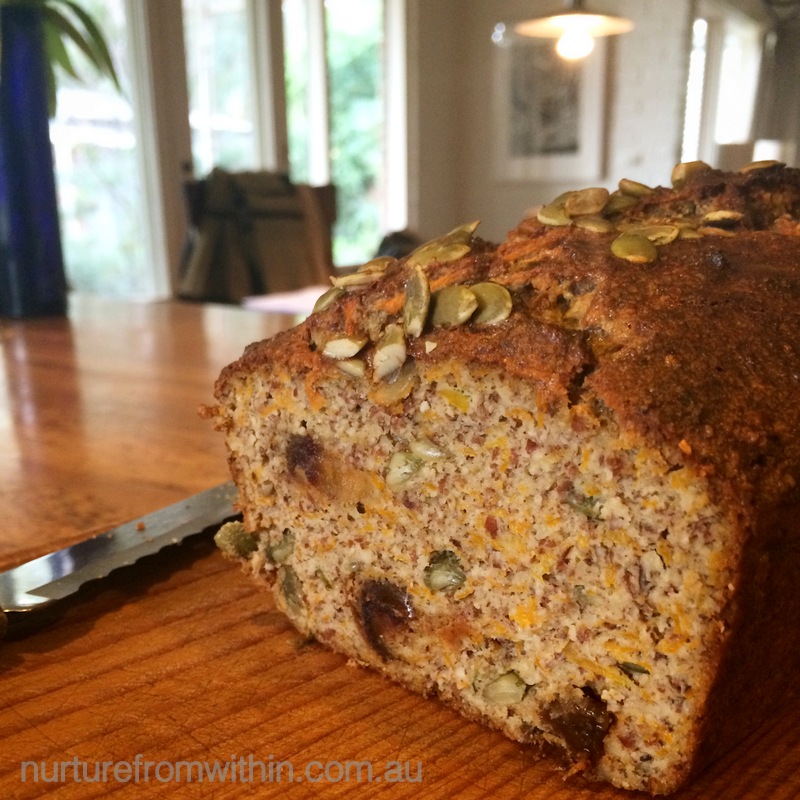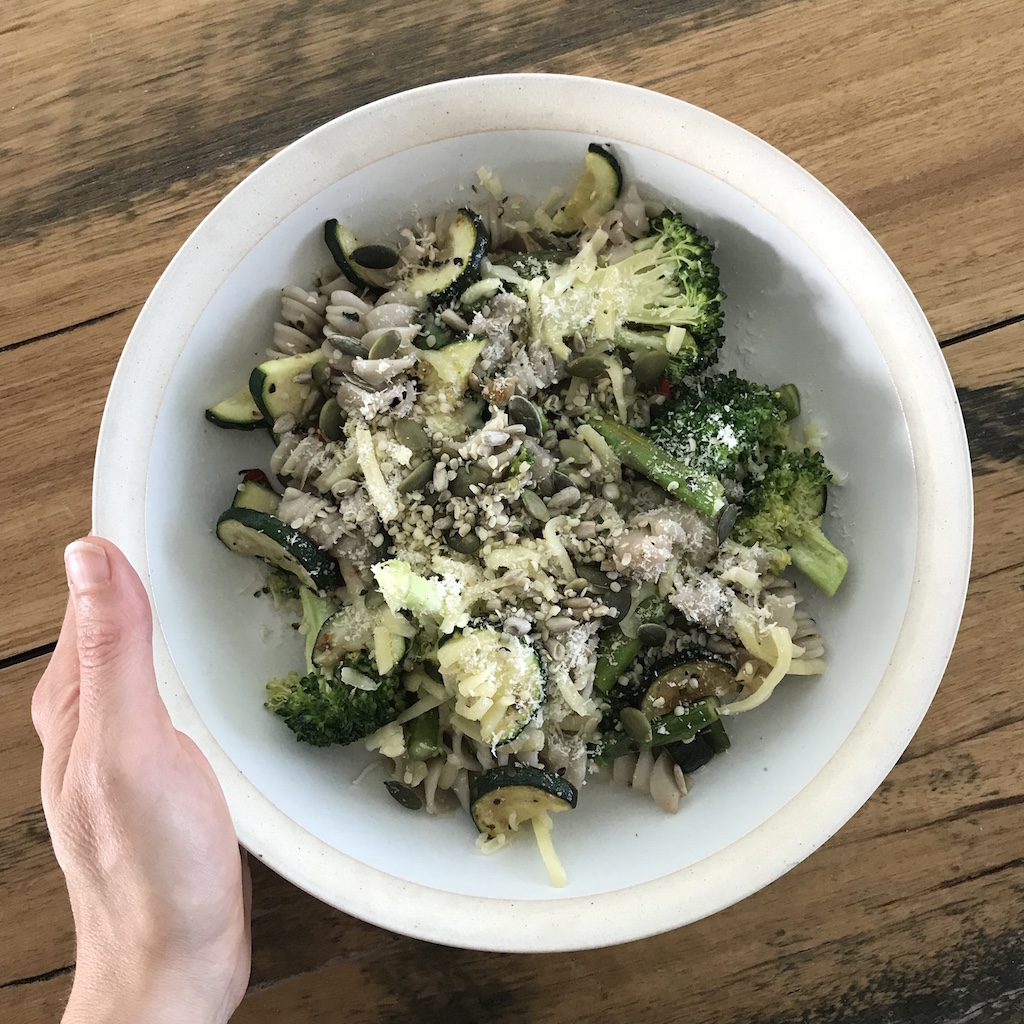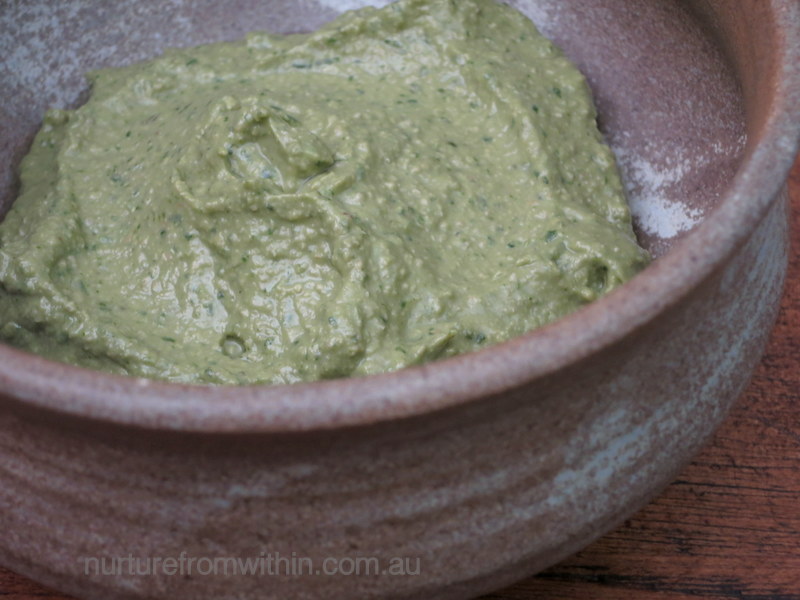This lasagne is something I make quite often, in particular when I have vegetables such as spinach, zucchini or kale that are beginning to look a little tired. There are so many vegetables you can use in this recipe – broccoli, cauliflower, eggplant, mushrooms, even peas – whatever takes your fancy, is easy to layer and pairs well with tomato and cheese.
It’s a fun and creative dish to make, keeps well for days, reheats really well and freezes really well. You also don’t have to add lasagne sheets, if you prefer a vegetable bake just omit the lasagne sheets and layer as guided below.
You will need:
- A lasagne pan (this can be a glass baking dish, cake tin, or ceramic pot)
- Lasagne sheets (dry instant sheets are great, but fresh sheets are beautiful and quicker to cook, regular wheat pasta sheets or GF sheets both work well)
For the sauce
- 2 x tinned chopped tomatoes
- 2-3 cloves of garlic
- Salt and pepper
- A handful of fresh parsley and or basil leaves, chopped roughly (if you don’t have fresh you can add a little dried herbs, mixed herbs and oregano are nice)
Veggies to layer (below are my favourite to use)
- 1 x zucchini, sliced thinly lengthways or in circles
- 1/2 bunch of spinach or silverbeet, washed and chopped
- 1 large eggplant, sliced
- ~ 1/4 of a small Jap pumpkin, sliced (you can leave the skin on)
(Note: if adding broccoli, cauliflower, peas or capsicum you don’t have to pre-cook these I just suggest defrosting peas if using frozen before adding)
Cheese
- Grated mozzarella
- Parmesan
- Optional – fresh or smooth ricotta (adding ricotta too makes this lasagne particularly delish, you don’t need it but I’d suggest trying it one time! If using all cheese, I layer a few dollops of ricotta, then some mozzarella, then a few fresh basil leaves on top of each layer of tomato sauce, then on the very top layer I add a little ricotta, more mozzarella and grated parmesan)
Other optional recommended ingredients
- Walnuts and or pumpkin seeds or pine nuts – add to a few few layers for a lovely crunch or add on top when serving
- Red lentils – add to the tomato sauce and simmer until just cooked, this makes this dish more hearty and adds wonderful protein
- Roast the pumpkin with thyme or rosemary for extra flavour
- A splash of red wine to the sauce when simmering – this richens the flavour
Firstly, preheat oven to 180 degrees Celsius. Then prepare vegetables that need to a cooking first – the eggplant, pumpkin and spinach. Pumpkin takes the longest so slice this firstly , lay out on baby paper on a pan (with a little salt and pepper if you like) and roast until golden, soft and caramelised. While the pumpkin is cooking I slice the eggplant and pan fry in a non-stick fry pan (without any oil) on both sides until all pieces are a little browned. You can also pre-cook eggplant by roasting or grilling in a pan, on baking paper. The spinach leaves just needs to be washed, cut up and steamed. I tend to remove the stems too, but if using silverbeet I steam and use the stems as they’re lovely and sweet.
Once the eggplant and spinach is done, set aside and make the tomato sauce. In a pan or sauce pan add a dash of olive oil, chopped garlic and fry just a little then add tinned tomatoes, salt and pepper and allow to simmer, stirring occasionally, add herbs and stir. Allow it to simmer until the pumpkin is cooked. The sauce should thicken a little but not be too think as you want enough moisture for the lasagne sheets to cook in.
Then, take your dish, and start layering! Firstly add some sauce at the bottom of the dish, then pasta sheets. Then layer veggies, then sauce, then cheese and a few basil leaves, then start with the sheets again, and so on. Sometimes I’ll layer all the veggies together and sometimes I’ll layer them separately, its up to you. I tend to use mozzarella in the lasagne (and of course sometimes ricotta too) and just add parmesan on the very top to create an especially golden, taste crispy top. If the sauce is quite thick and there’s no liquid in the pan at all I tend to add a little water to the pan before baking.
Once you’ve filled your dish, bake for approximately 30mins then check to see if your pasta sheets have cooked. If using fresh sheets this should be long enough but if not you may need to bake for longer (it often depends on how much liquid is in the pan, it can help to put foil on top of the lasagne initially just for a bit, to ensure the pasta has enough liquid to cook in, then remove foil to allow the top to brown).
I love to serve lasagne with a leafy green salad and crusty bread. And as pictured above, if there’s only a little bit left the next night I tend to add a side of spaghetti and top with parmesan and fresh herbs. A meal that warms the soul.
Lara x

